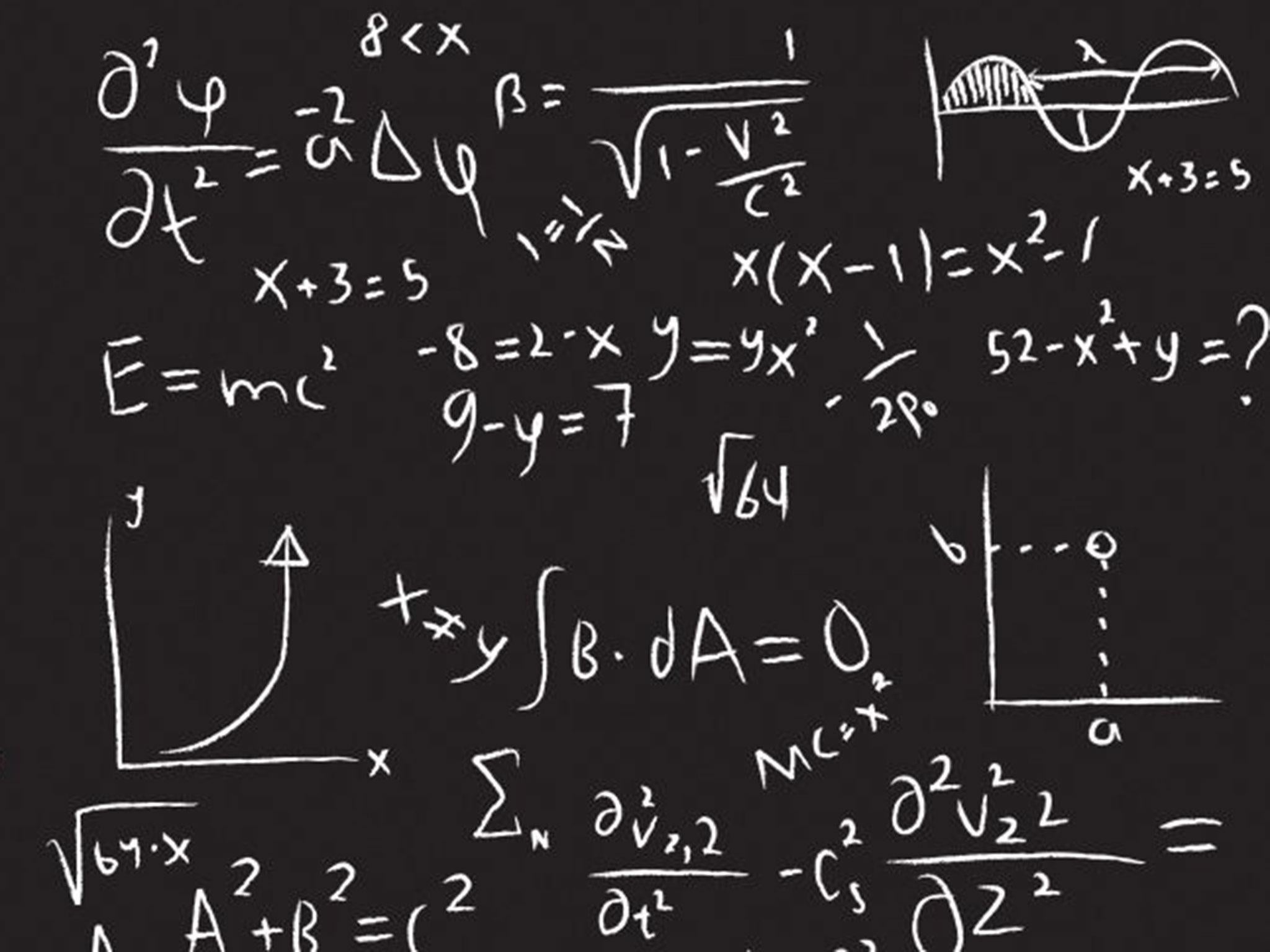Retired German man solves one of world's most complex maths problem with 'simple proof'
Thomas Royen found the solution at the age of 67 while brushing his teeth

A retired German man has found the proof to a complex geometry and probability problem that experts have tried to solve for decades, only for his achievement to go largely unnoticed.
Thomas Royen was reportedly brushing his teeth when he struck upon an idea in July 2014.
Then 67 years old, the former statistician for a pharmaceutical company, from Schwalbach am Taunus, a town on the edge of Frankfurt, found the solution to the conjecture, known as the Gaussian correlation inequality (GCI).
But at the time, Mr Royen’s cogent solution had gone largely unheralded and is still slowly permeating the scientific community, Quanta Magazine reports.
The GCI conjecture originates in the 1950s but was more clearly formulated in the 1972. Since then, scores of mathematicians have unsuccessfully tried to solve it.
According to the GCI principle, if two shapes overlap, such as a rectangle and a circle, then the probability of striking one, for example in a game of darts, increases the chances of also striking the other.
Donald Richards, a statistician at Pennsylvania State University told the science magazine he had been working on trying to solve the equations for 30 years without success.
Not a career mathematician, Mr Royen is not one those who have spent most of their life working to explain the conjuncture. His primary aim was to improve statistical formulas for the pharmaceutical industry to make sense of drug trial data.

While brushing his teeth, it dawn on him that GCI could be analytically explained through statistical formulas. This enabled him to simplify his function and use equations he had worked with all his life.
“In mathematics, it occurs frequently that a seemingly difficult special problem can be solved by answering a more general question.
“The evening of this day, my first draft of the proof was written,” he told Quanta.
His answer, compiled in a paper called "A simple proof of the Gaussian correlation conjecture", is short and only uses classic mathematical techniques.
Experts said that any graduate student would be able to follow Mr Royen’s argument. And Mr Royen said he hoped the “surprisingly simple proof … might encourage young students to use their own creativity to find new mathematical theorems”, adding that “a very high theoretical level is not always required”.
The retired statistician wrote up his solution on Microsoft Word rather than using the go-to maths software, LaTeX. He published his findings on the academic preprint website arxiv.org and emailed a copy to Mr Richards, who said he “knew instantly” the problem had been solved.
But other experts were dismissive to Mr Royen’s claim he had found the solution. False and flawed solutions of the GCI have been floating in recent years.
Mr Royen reportedly sent his findings to Bo’az Klartag of the Weizmann at the Institute of Science and Tel Aviv University. But his solution arrived in a batch with three other papers and when Mr Klartag found a mistake in one of them, he allegedly overlooked the two others for lack of time.
With no intentions of bothering with peer reviews and the time-consuming process to get his paper published in top academic journals, Mr Royen’s achievement continued to go unrecognised.
But the retired man said the “feeling of deep joy and gratitude” that came from finding an important proof has been reward enough.
“It is like a kind of grace. We can work for a long time on a problem and suddenly an angel—[which] stands here poetically for the mysteries of our neurons—brings a good idea,” he said.
Join our commenting forum
Join thought-provoking conversations, follow other Independent readers and see their replies
Comments